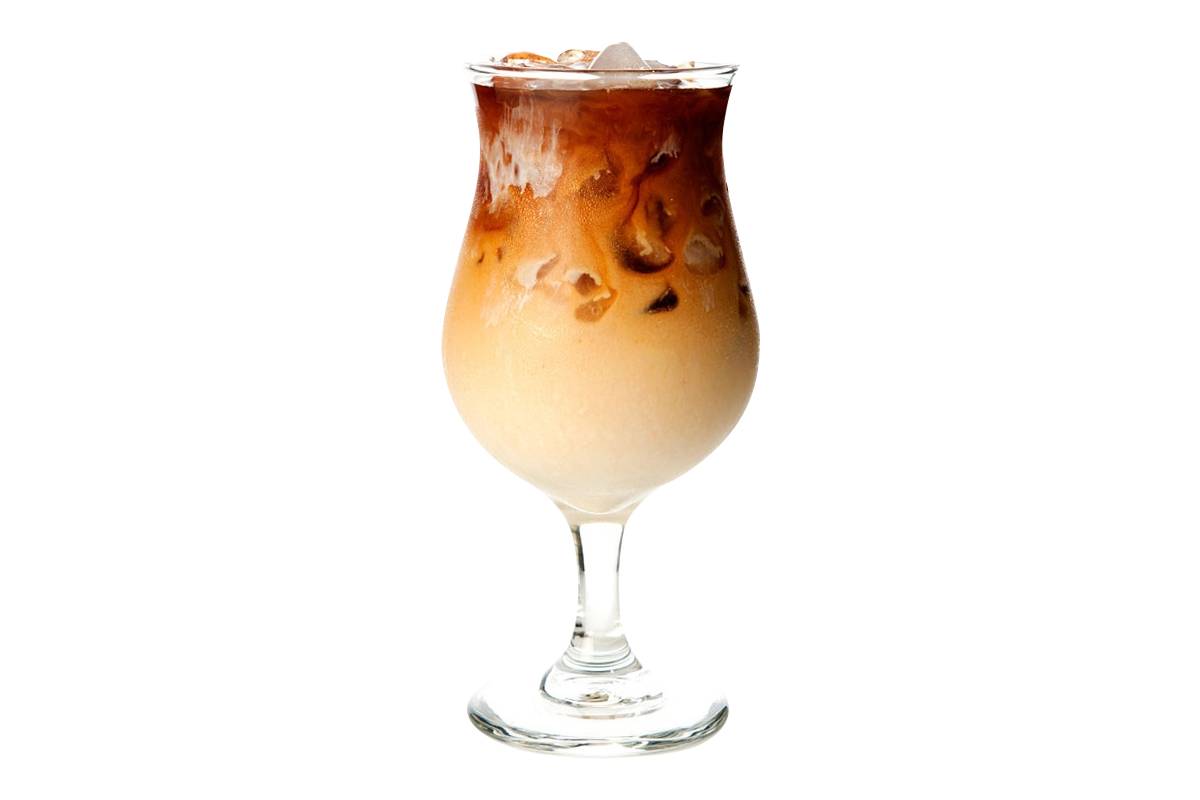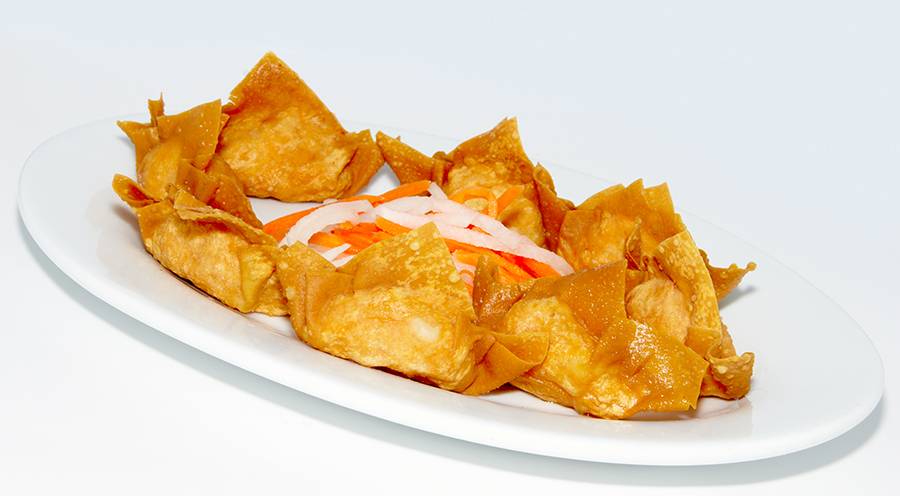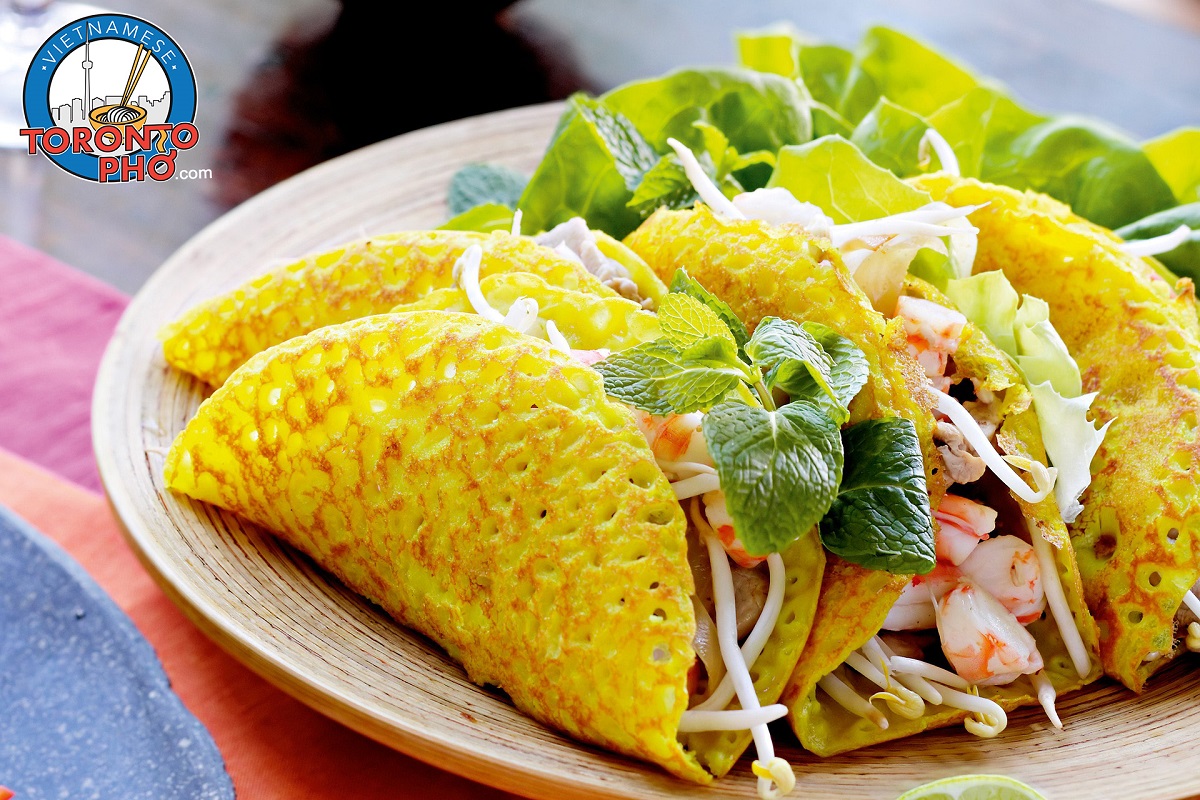
We’ll be the first to admit that when you think of Vietnamese cuisine the culinary winner here will always be PHO. And let’s face it folks, even Campbells has a PHO broth on the market right now. Everyone wants PHO, everyone loves PHO, everyone is PHO-crazy… and yes we are PHO-real. Like the great Anthony Bourdain said “"For me, a good bowl of pho will always make me happy". So we totally get it. PHO makes us happy too. We are at the end of the day Toronto PHO. But what about the other dishes that rarely get to share the spotlight with this super popular Vietnamese noodle dish? What about Bun bo Hue? Goi cuon (Pork and/or shrimp rolls) or Cá Kho Tộ (marinated basa fish)? We can name so many but let’s focus on one of our own personal favorites Bánh Xèo.
Read more: Bánh Xèo is sizzling its way into your next take out order!

Just when we think we are officially out of the woods we somehow find ourselves back here again. The COVID-19 saga continues here at TORONTO PHO. Yesterday the province of Ontario announced that they are imposing new restrictions and guidelines to help slow the spread of COVID-19.
Read more: Why Ordering Direct Helps Restaurants During Covid-19 lockdowns.
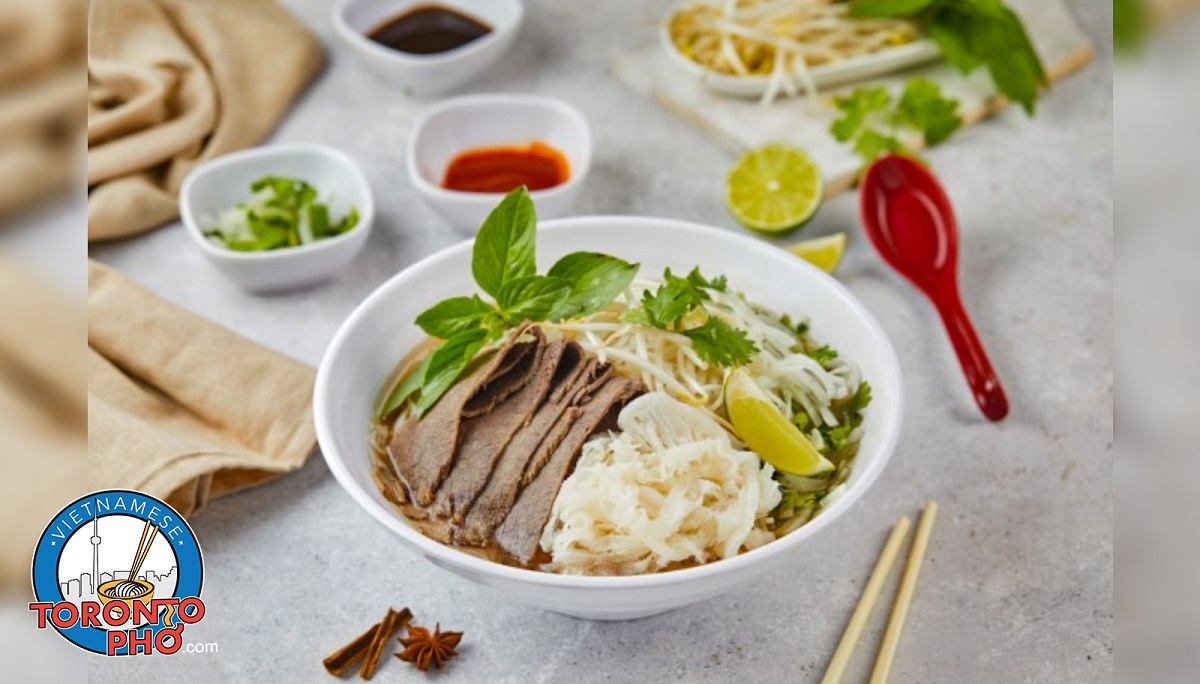
A world-record holder, Vietnamese cuisine has now earned five new records! As fans of Vietnamese eating continues to rise, homegrown traditionalists can be proud of this new recognition. The uniqueness of Vietnamese eating distinguishes it from its neighbouring counterparts in Asia. Though elements of Japanese, Thai, Chinese, Malaysian, and even French cuisine exist in Vietnamese, this type of cooking and the ingredients they use are entirely Vietnam-specific. Without further ado, let’s take a deep-dive into the world records Vietnamese cuisine was awarded by the World Records Union earlier this year.
Read more: Did You Know Vietnamese Cuisine Recently Earned 5 New World Records – It’s True!
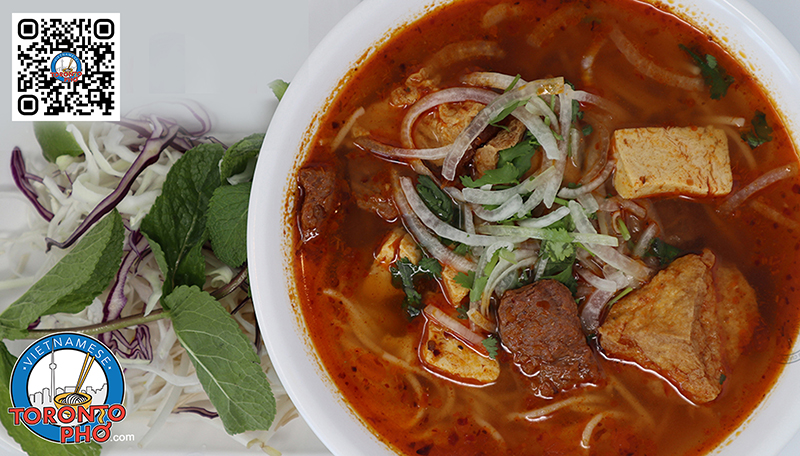
Vietnamese cuisine is distinct. It amalgamates various Asian cuisines. It features farm-fresh ingredients from the baskets of Vietnamese farmers. It also holds some little-known influence from French cuisine. Connections Between French Cuisine and Vietnamese Cuisine From 1887 until 1954, Vietnam was under French rule. A colony of France, the land recognized today as Vietnam was once the home of many French soldiers. Here, they lived and shared language, culture, and more. In total, France had rule over Vietnam for nearly 70 years. Two whole generations of people had come and gone by the time the French withdrew. By the end of their colonial rule in Vietnam, a lot of French influence had already taken root in Vietnamese culture, art, religion, and architecture. One area where there was an undeniable mark on Vietnam was in the food. Despite their independence declaration in 1954, there was forever a mark on Vietnamese cuisine from decades of French-style living.
Read more: You Wouldn’t Have Vietnamese Cuisine As We Know It Without A French Influence
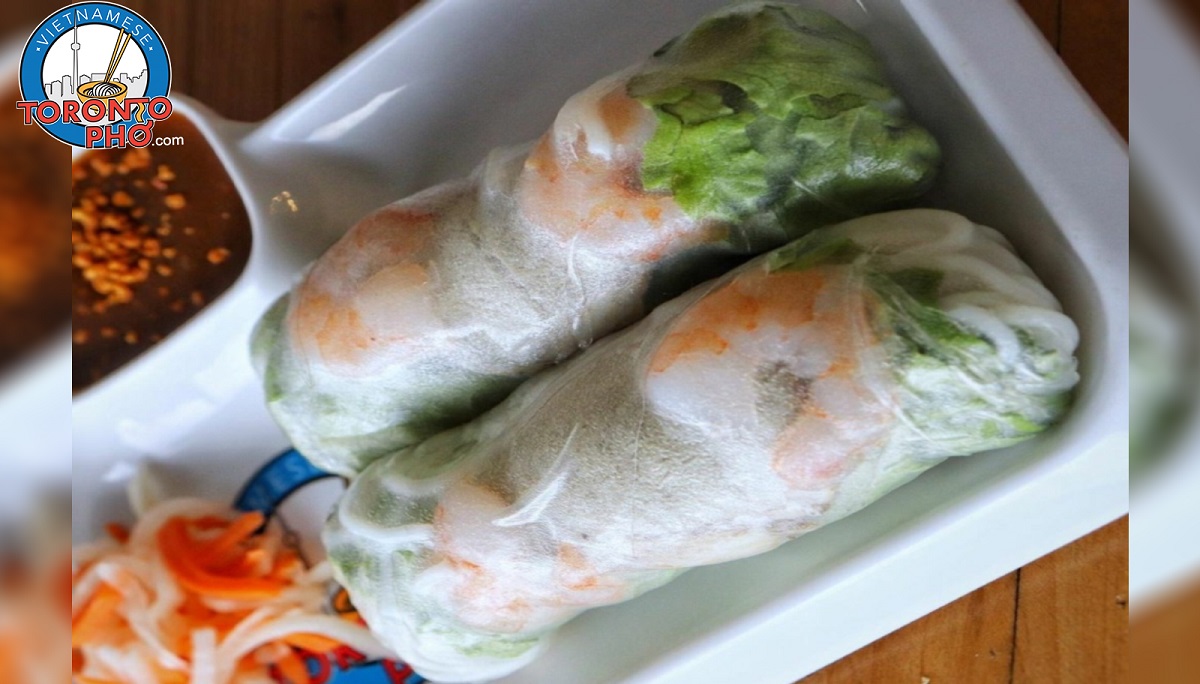
Vietnamese cuisine is known for many things. Gluten-free dishes. Broth dishes like pho. Summer and spring rolls. Salted fish. Unique herbs and spices. Rice flour. There’s so much to appreciate about cooking, food preparation, and cultivation in this ethnic cuisine. As tasty and healthy as it is, in Canada, we don’t often see or hear of edible flowers used in Vietnamese cooking. In Vietnam, however, they form a key component of a wide variety of dishes. Flowers are seasoned and cooked in salads and soups to such an extent that Vietnam is recognized as the country with the most dishes made from flowers in the world. As of 2020, it’s a world record!
Read more: Delicious Edible Flowers in Vietnamese Cuisine Have Set A World Record!
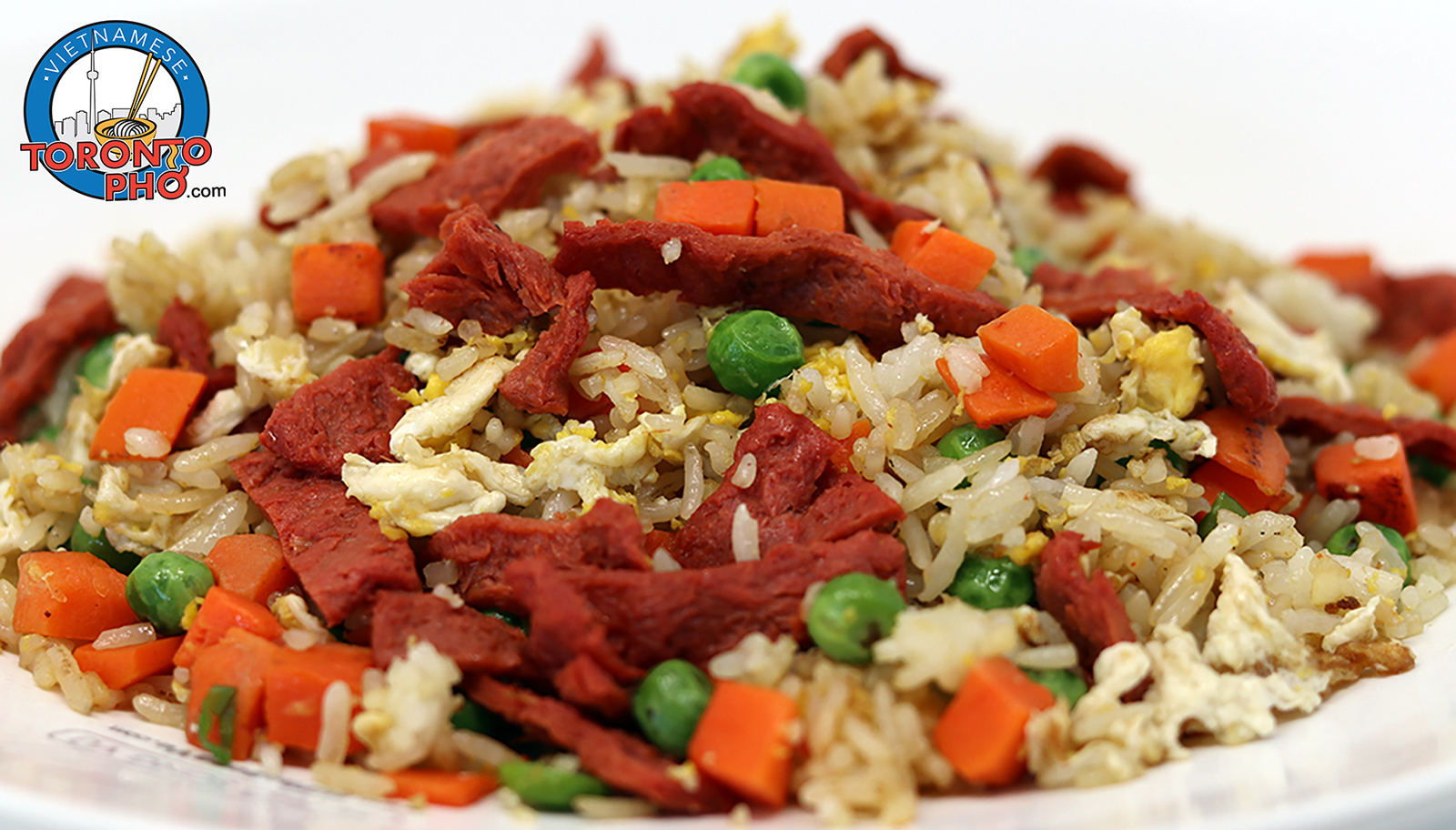
An all-veggie Vietnamese cuisine in Toronto is available at TorontoPHO. Although we do appreciate our meats and all the unique flavors that come with that, vegetarian Vietnamese tastes delicious – especially when done right. We try to keep as close to plant-based as we can. Sometimes that involves using tofu as a substitute, however. A modern take on the family recipes of traditional Vietnamese fare, you can find a whole vegetarian menu with dishes like stir-fried noodles, tofu pad thai, fried rice, salad rolls, spring rolls, spicy noodle soup, mango salad, and deep-fried vegetarian spring rolls.
Read more: How Can I Make Vietnamese Cuisine Vegetarian – see here!
More Articles ...
Page 30 of 53

